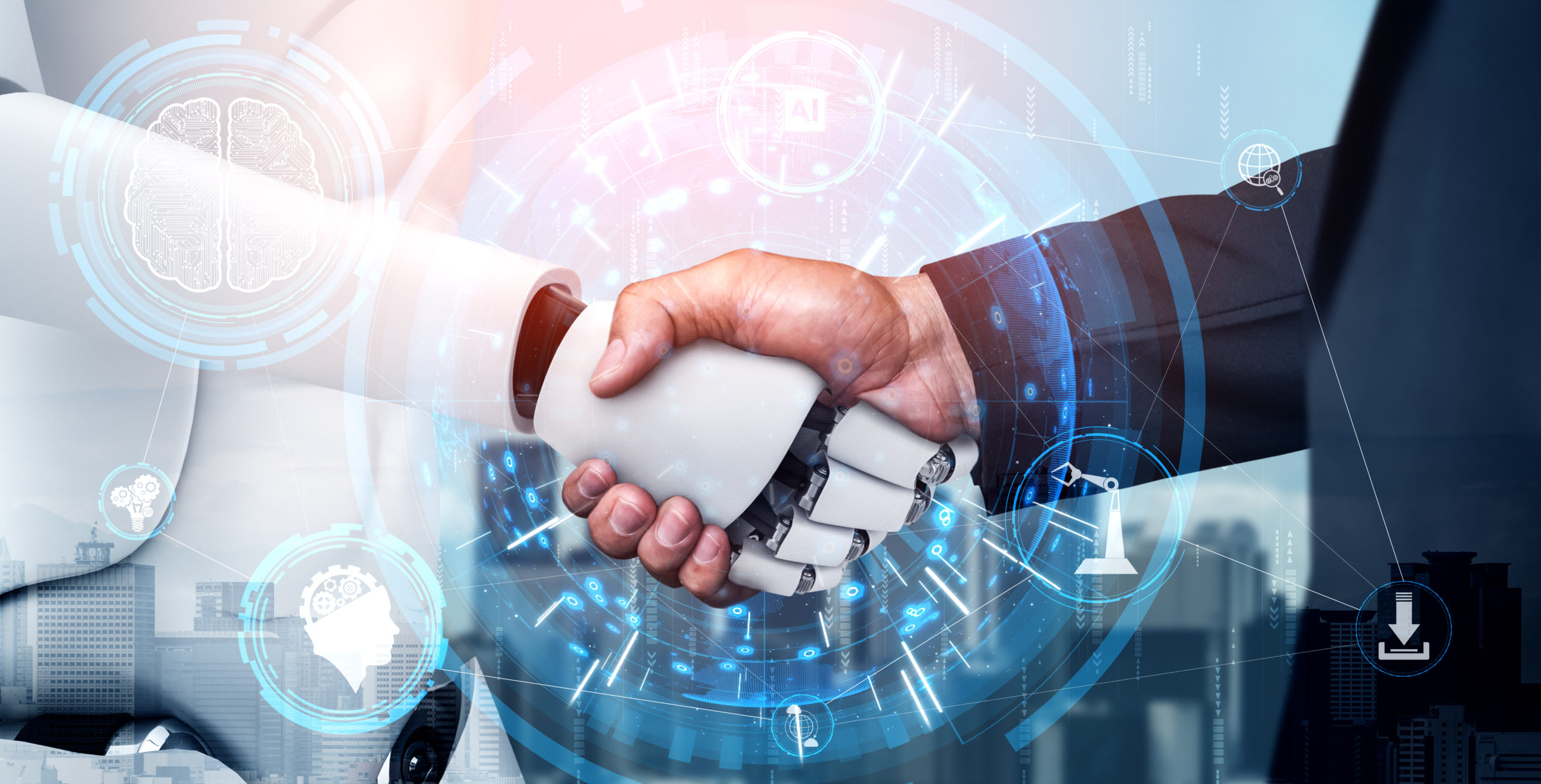Contents
The global drive toward digital transformation has made its mark on contact center processes and operations, with Salesforce predicting last year that the use of AI by customer service teams would see a 143% increase by 2020. AI-driven call center automation has had a significant impact on the efficiency and performance of individual agents, as well as on overall KPIs.
Automated workflows simplify agents’ repetitive daily tasks, such as auto-populating information on specific screens or sending follow-up emails after calls. AI makes personalized real-time agent coaching possible based on speech-to-text transcriptions and analytics, enabling agents to receive helpful feedback while they are speaking with the caller, instead of days or weeks later.
Management benefits from automated scheduling, which simplifies this time-consuming task by using AI to calculate agent availability, business hours, and other rule-based parameters to ensure there are no gaps in service coverage. Post-call analysis also benefits from AI. Automatic forecasting takes the huge volumes of data collected daily by contact centers and analyzes it all to reveal trends and draw conclusions about emerging best practices.
Harnessing the Power of Collaboration Through AI
These efficiencies have certainly driven operational improvements, but data from Deloitte demonstrates that the real advantage of AI is yet to be fully realized: providing the ability to harness the power of collaboration between the human agent and the machine. Automated agent assistance gives agents real-time guidance during customer interactions, freeing them from the burden of remembering workflows, troubleshooting processes and rules – the system does that – and enabling them to focus on pleasing their customers or dealing with more complex issues. Using AI tools like Natural Language Processing (NLP) and sentiment analysis to understand what customers really want, the virtual agent sends contextualized guidance to the human rep during each interaction, including suggestions for resolutions and next best action steps.
Collaboration Drives Career Development
Collaboration not only saves time and makes the contact center more efficient; it is capable of enhancing the human agent’s overall performance, making them smarter and expanding their possibilities for career development. Rejecting doomsday predictions that robots will take their jobs, many agents are embracing AI technology. A survey by Aspect Software found that agents appreciate the opportunity to handle more complex enquiries, with 81% saying AI improves their skills, 76% saying that it helps them make a bigger impact in the company, 70% saying that it boosts their chances of moving up and 68% saying that it improves their job satisfaction and loyalty.
Redefining Contact Center Agents’ Careers
This positive agent outlook is backed up by research. A Forrester report discusses how AI trends will transform agents’ roles by giving them the tools they need to succeed.
Specialization
As more routine general questions are handled by virtual agents or self-service channels, Tier-1 agents will make the shift from being generalists to specialists in specific areas.
Smarter Agents
With agent assistance, reps effectively have a little birdie whispering the correct answers in their ears, cutting time to resolution and boosting both customer and agent satisfaction.
Machine Supervisors
Virtual agents learn as they process more information, but someone must train them. Mid-tier agents will write the scripts for virtual agents to follow, supervise the execution to ensure enquiries are being handled properly and address any discrepancies.
Super Agents
Higher volumes of complex enquiries will transform customer service agents into subject matter experts (SMEs), making them extremely valuable both inside and outside of the organization.
New Tech-Based Roles
AI will be the driver of new jobs required by contact centers, involving oversight of call center automation. For example, contact centers will now require data scientists, data analysts and self-service app developers.
How Call Centers Leverage Collaborative AI
Image-oriented service represent a massive conceptual change for contact centers. Adding visuals to the mix eliminates the need for customers’ text-based inputs while agents no longer need to decipher verbal explanations. Instead, a Computer Vision-powered system enables automatic issue identification and knowledge base search for the correct resolution, adding value for both self-service interactions and decision support for human agents.
Computer-Vision Powered Self-Service
Powered by Computer Vision AI, visual assistants can more easily understand the customer’s issue and determine the best path to resolution. They can provide customers with clear and accurate instructions for self-service, enabling them to fix problems themselves. This remote visual guidance can be provided using a range of tools, including object detection and Augmented Reality. Using massive repositories of issues and resolutions, AI-powered visual assistants can optimize the customer self-service process from start to finish.
Computer Vision-Powered Decision Support Tools
Computer Vision can add essential information to a customer’s profile based on visual data collected from past issues and smart telematic devices. It also powers visual agent assist systems which allow human agents to stay one step ahead, providing proven resolutions based on visual issue symptoms and even predicting issues before they happen. The key is collaboration: agents not only need to confirm the resolutions suggested by the system, but their feedback on how each fix is implemented drives further optimization of the knowledge base and the agent assist system.
Summary
The future of customer service is human-machine collaboration. As agents are increasingly tasked with handling more complex customer enquiries, collaborative AI tools, such as Computer Vision-powered systems, are becoming force multipliers within the contact center. Deploying these technologies – whether in the form of self-service assistants or decision support tools – is the future of collaborative AI, allowing human agents to act like, well, humans, and leaving the robotic work to the robots.






